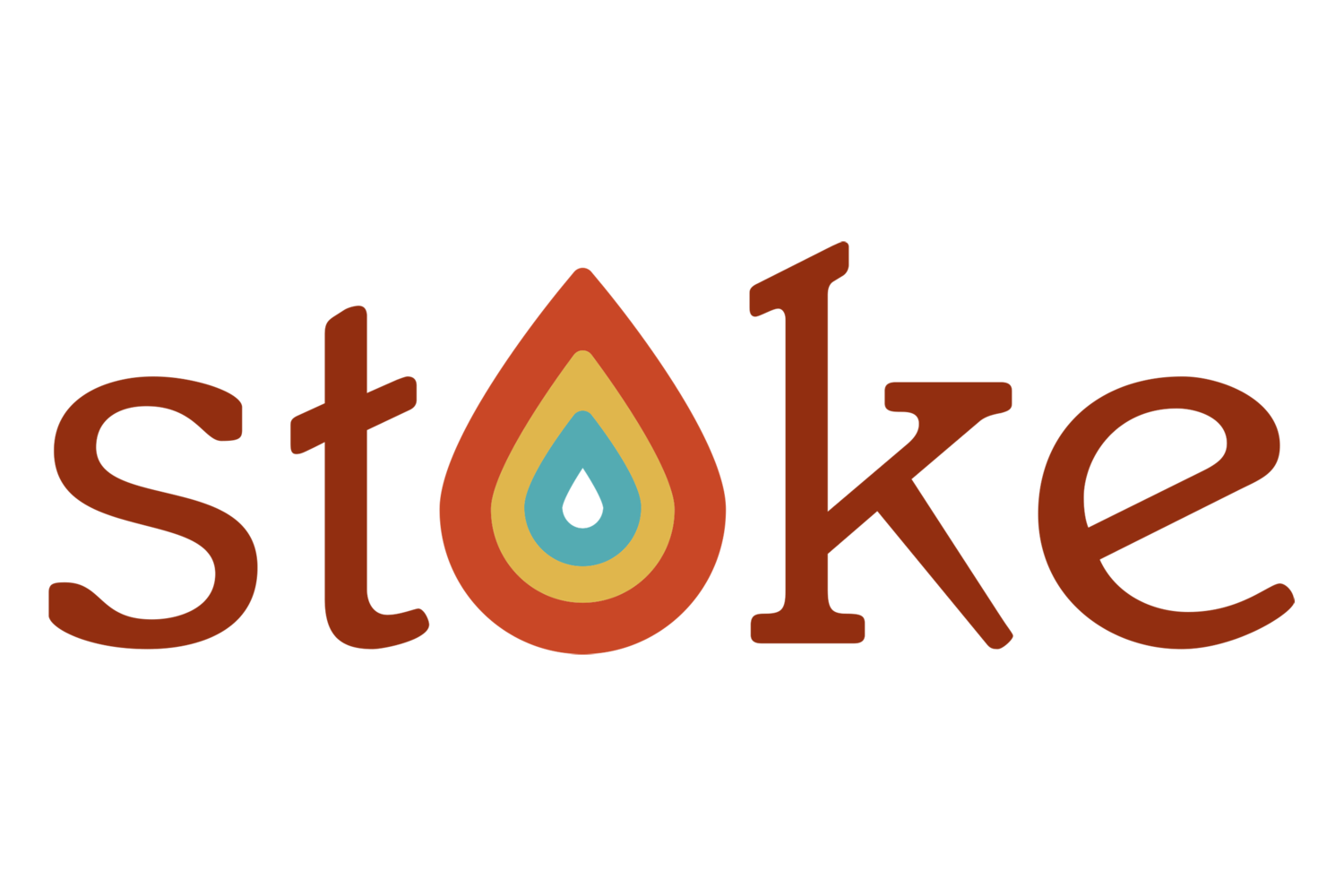We’re revisiting and combining a couple of previously published Stoke blogs, Workplace Wellness: Take a Break and To Sit or To Stand: How To Choose & Use A Standing Desk to deliver this blog to you that’s pertinent to the times. Whether your team has gone entirely remote, or you’re working at the office still (while practicing the appropriate amount of hand-washing and social distancing of course), take these tips for workplace wellness and and add a few into your routine.
Downtime For Your Daily Productivity
There’s science behind the benefits of taking short breaks throughout the work day, and it’s common knowledge that overworking can lead to burnout (you can check out our blog on preventing burnout here linked) and make it difficult to unwind even when we have the time. But taking time to rest ultimately helps us function optimally.
"What neuroscience is showing is that we require downtime in order for our bodies to go through the process of restoration," according to clinical psychologist, Deborah Mulhern. Without downtime, you’re preventing yourself from absorbing any new information gained and hindering your ability to problem solve and be your best cognitively.
So what part of your brain needs to cease activity and take a rest? “For “think-work,” it’s the prefrontal cortex (PFC), the thinking part of your brain. When you are doing goal-oriented work that requires concentration, the PFC keeps you focused on your goals. The PFC is also responsible for logical thinking, executive functioning, and using willpower to override impulses.” Breaks can prevent decision fatigue (when you have to make important decisions all day as part of your job), restore motivation, and spark creativity.
Physically spending time away from your desk, and not just taking a mental break while still sitting at your desk, can help you do more work when you are there. Strategic breaks, walking meetings, and other kinds of physical activity or rest away from your desk can contribute to developing new ideas and achieving a fresh perspective to approaching projects or problems. Your eyes need a break at least every hour from blue light and staring at a screen. Take 5-15 minutes to listen to something: a podcast, DuoLingo, or your favorite song. Try out Lumosity for a brain boost.
What’s The Right Amount of Standing and Sitting?
Though exercise helps you burn the most calories, standing instead of sitting at a desk will help you burn a few more than you would otherwise, at the least. A study published in the Journal of Physical Activity and Health found that standing burned 88 calories an hour versus the 80 burned while sitting for an hour. In
Whether or not you have access to a standing desk, what truly helps you stay healthy during your work day is moving around. Sedentary habits, like sitting for more than eight hours, have been linked to chronic conditions like type 2 diabetes, obesity, and cardiovascular disease that can cause an early death. Some studies suggest standing for half of an eight hour work day, and if that’s not feasible, try to stand for at least two or at least get up out of your chair for a coffee break or to stretch your legs. Studies show that movement, rather than just replacing sitting with standing, is the most beneficial course of action to improve your health.
What creative ways are you taking your breaks? Do you have team check-ins to decompress? Do you take calls while taking a walk?

